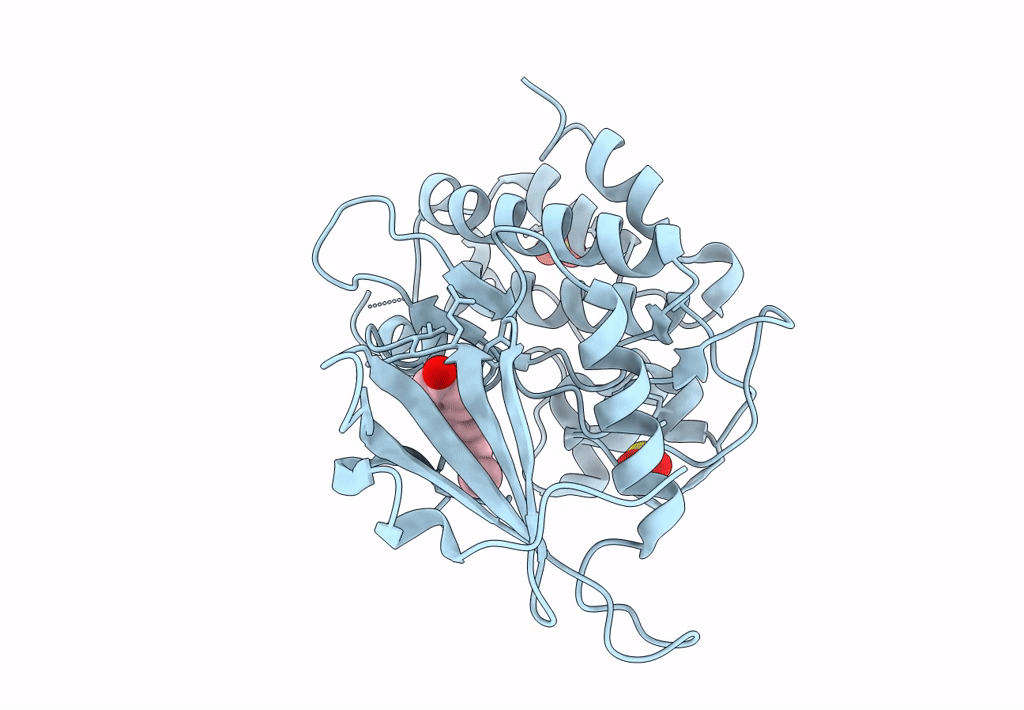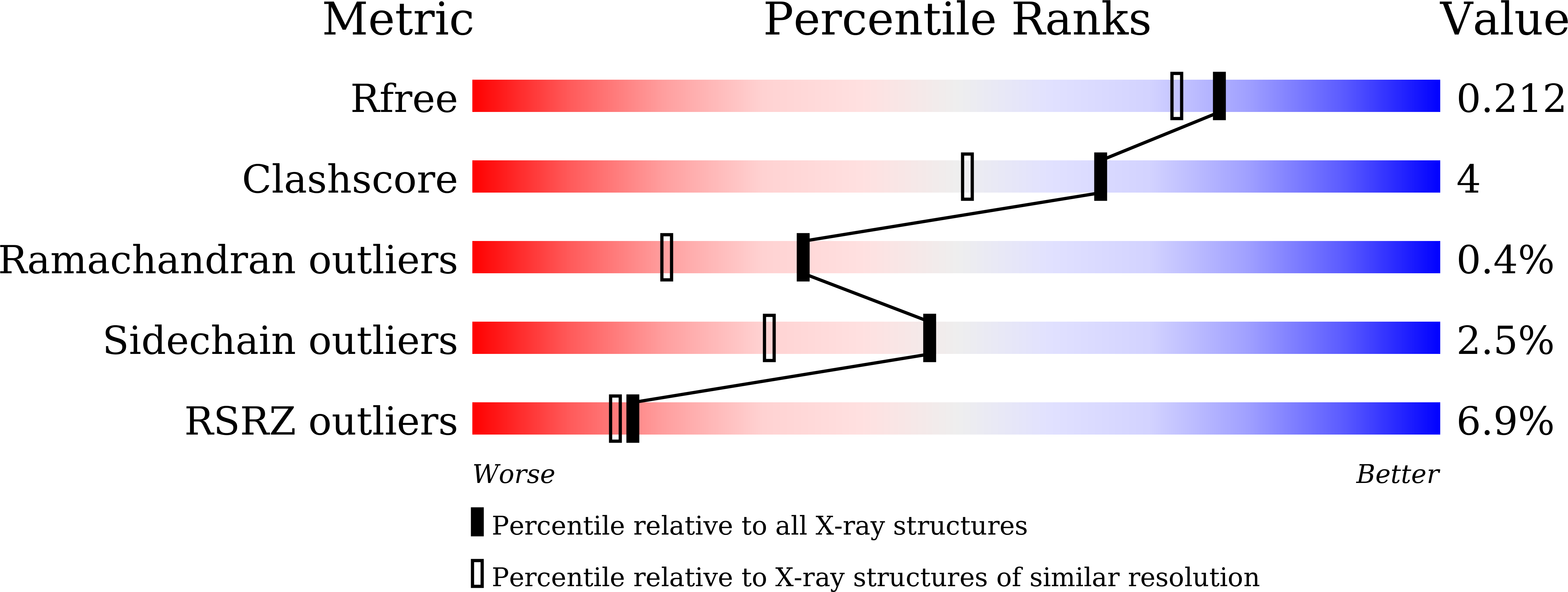
Deposition Date
2023-02-15
Release Date
2023-05-24
Last Version Date
2023-10-04
Method Details:
Experimental Method:
Resolution:
1.85 Å
R-Value Free:
0.21
R-Value Work:
0.17
R-Value Observed:
0.18
Space Group:
P 21 21 21


